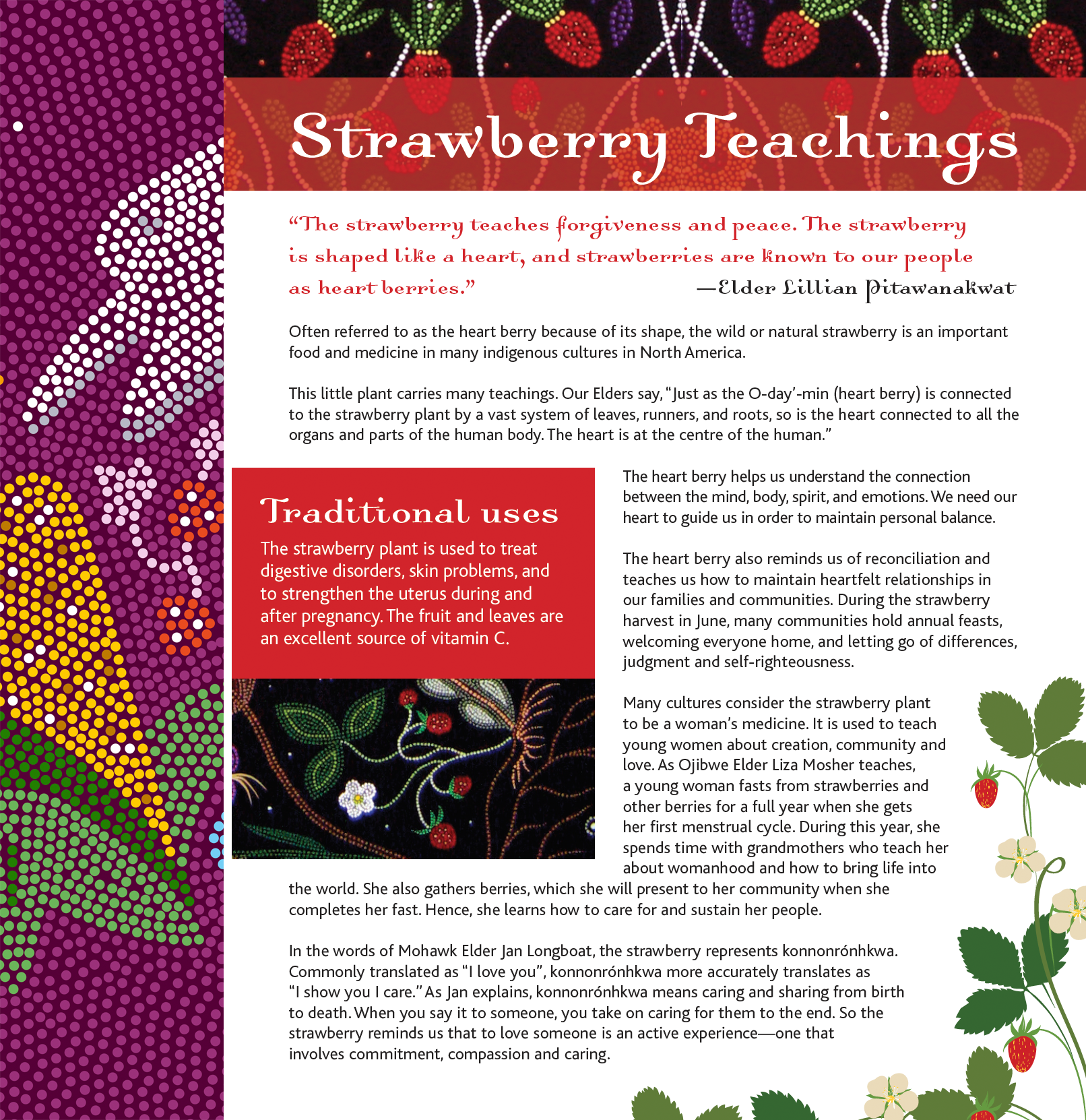Source: Harriet Kuhnlein and Nancy Turner
Year: 1991
“The primary purpose of this book is to describe and to reference the published literature on the nutritional properties, the botanical characteristics and the ethnic uses of traditional food plants of Canadian Indigenous Peoples. Since it is recognized that Canadian political boundaries are not honored by plants in their biological habitats, the nutritional and botanical information presented here is often relevant to other regions with northern latitudes where the same species are found, such as northern regions of the United States, Europe and Asia. However, the ethnographic information reviewed and presented in this book is only from Canadian Indigenous Peoples and their immediate neighbors in Alaska and other states bordering Canada.”













